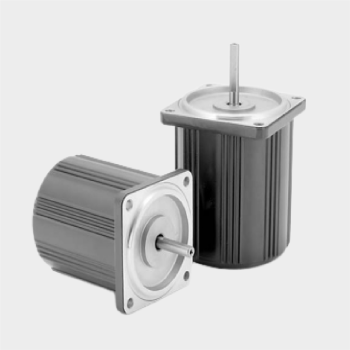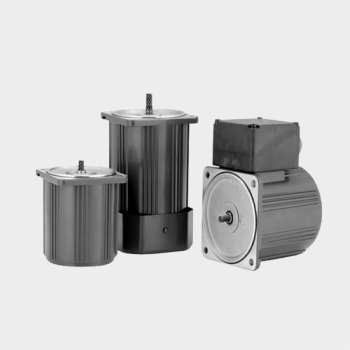Category: PANASONIC AC GEAR MOTOR
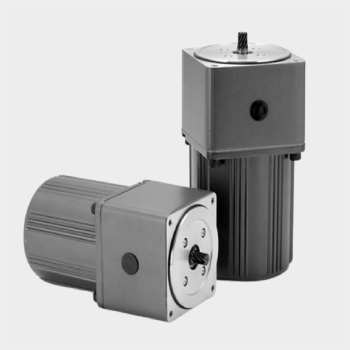
• It is best fitted for high-frequency operation. The high-accuracy and highly-responsive clutch and brake enables up to 100 cycles of start/stop per minute. (For running in one direction only)
• High-reliability gear head used It can withstand two million cycles of start/stop.
• Excitation-type clutch and brake The clutch and brake of the C&B motor is of excitation type and operates on 24 VDC.
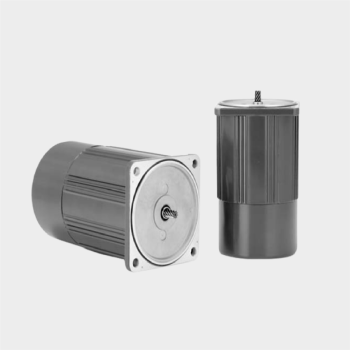
• It is suitable for holding the load. Because the electromagnetic brake is off, when the power is turned off, it will be activated and hold the load securely.
• The brake can be used as an excellent safety brake. Among the examples are emergency braking at the time of power failure, load holding for a long period of time and the prevention of free-run of the machine.
• The brake will be activated instantly. The overrun is only 2 to 4 revolutions when the motor is used alone.
• A quick-reversal run can be frequently. Up to 6 cycles of start/stop can be performed through simple switching. (Secure 3 seconds or longer for a pause.) If it is necessary that the frequency of reversal operation is 7 to 100 cycles per minute, use the C&B motor. (For running in one direction only)
• Common power for both motor and brake can be used. Because the electromagnetic brake section contains a rectifier circuit, it can use the same AC power supply as the motor.
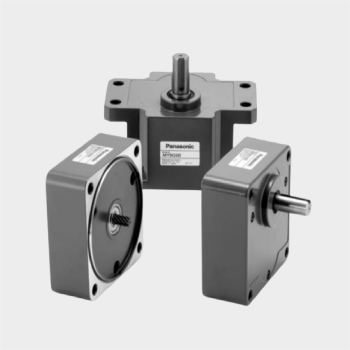
• Various types of gear heads are available.
• The X type is available in a metal bearing model and or a ball bearing type.
• The P type (90 mm sq. only) is high torque type: its maximum permissible shaft torque is 29.4 N·m (300 kgf·cm)
• 22 reduction ratios from 1/3 to 1/180 are available for the X type; 23 reduction ratios from 1/3 to 1/200 are available for the Y and Z types. When the decimal gear head (reduction ratio: 1/10) is used, a reduction ratio of up to 1/1800 (1/2000 for the Y and Z types) can be attained.
• The X type and Z type of 90 mm sq. are available in right-angle type.
• Gear heads dedicated to C&B motors are available. The gear heads will withstand 2 million start and stop cycles.
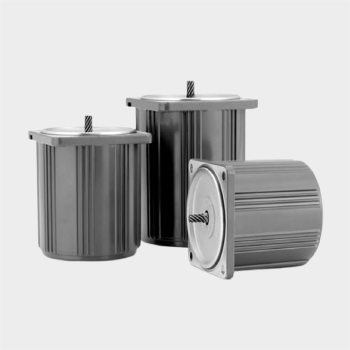
• It is fitted for continuous running in one direction.
• Continuous time rating
• The motor with national specifications is of heatproof class 120 (E); the motor with specifications compliant with overseas standards is of heatproof class 130 (B).
• Because it is a capacitor-type induction motor, it has a high power factor and runs with a low noise level.
• Caution The induction motor cannot make a quick-reversal run because of the torque acting in the opposite direction. Therefore stop the induction motor once, change the wire connections and make a reverse run.
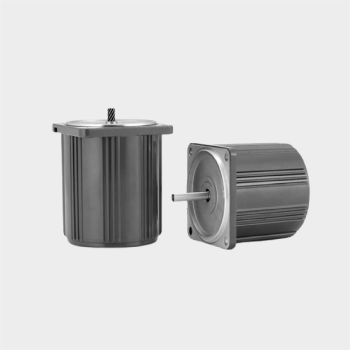
• A quick-reversal run is possible.
• Because of balanced winding, it offers the same performance at both normal and reverse runs.
• The built-in simple brake mechanism makes the overrun small as compared with the induction motor, enabling a quick-reversal run.
• The time rating is 30 minutes. Difference between induction motor and reversible motor: The reversible motor can make a quick-reversal run. In the case of the induction motor, even if the wire connections are changed for a reverse run, it is not possible to reverse the load instantaneously because the torque (shaded area in the figure below) acting in a direction opposite to the rotating magnetic field is produced. Therefore you need to stop the induction motor once, change the wire connections and make a reverse run.(Note)
• Limit the frequency of reversal operation to 6 cycles per minute.
• If it is necessary that the frequency of reversal operation be 7 to 100 cycles per minute, use the C&B motor. (For running in one direction only)
• For applications that need holding, use the electromagnetic brake motor.
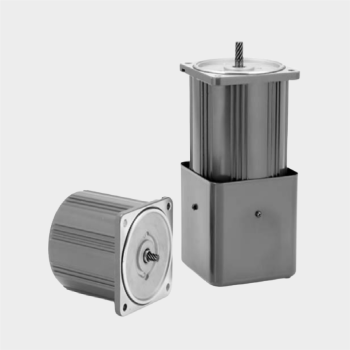
• It is a variable speed motor containing a simple brake mechanism.
• The built-in simple brake mechanism makes the overrun small as compared with the induction motor, enabling a quick-reversal run.
• The time rating is 30 minutes.
• By using it together with a speed controller, you can vary the speed over a wider range (90 to 1400 r/min for 50 Hz and 90 to 1700 r/min for 60 Hz).
• Various functions such as variable speed, braking, normal/reverse run and soft-start/soft-stop are available.
• Feedback control with the built-in tacho-generator gives a constant speed despite of frequency change.
• The motor output is 4 W to 90 W.
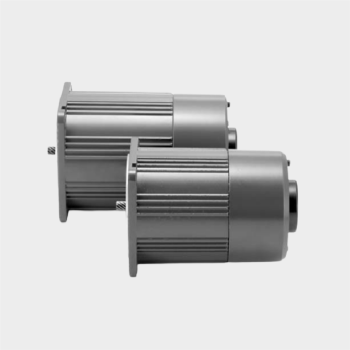
• It is an electromagnetic brake variable speed motor.
• By using it together with a speed controller, you can vary the speed over a wider range (90 to 1400 r/min for 50 Hz and 90 to 1700 r/min for 50 Hz).
• Various functions such as variable speed, braking, normal/reverse run and soft-start/soft-down stop are available by using it together with a speed controller.
• Feedback control with the built-in tacho-generator gives a constant speed despite of frequency change.
• The motor output is 6 W to 40 W.
* For the method of using the electromagnetic brake, refer to the electromagnetic brake motor (page B-168).

